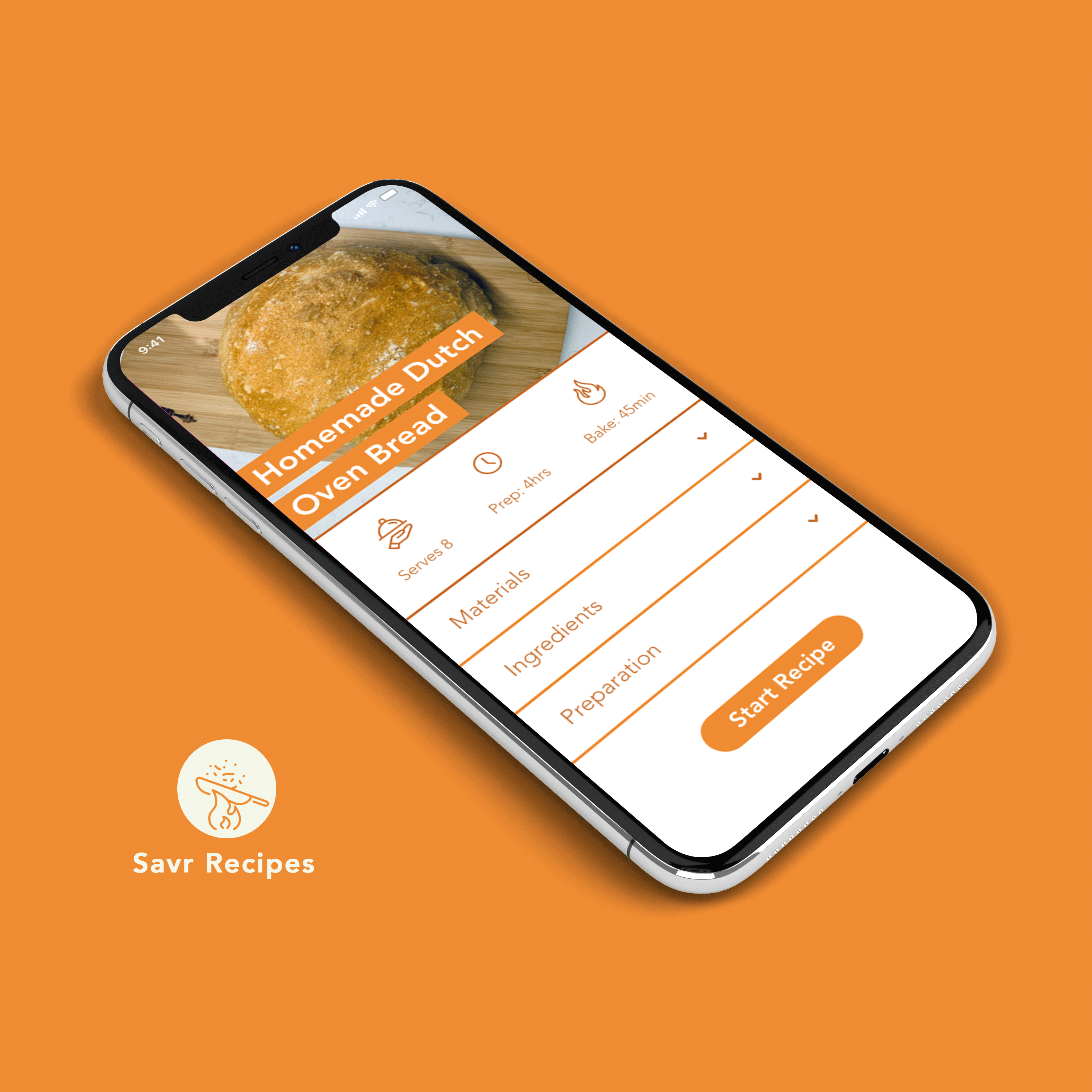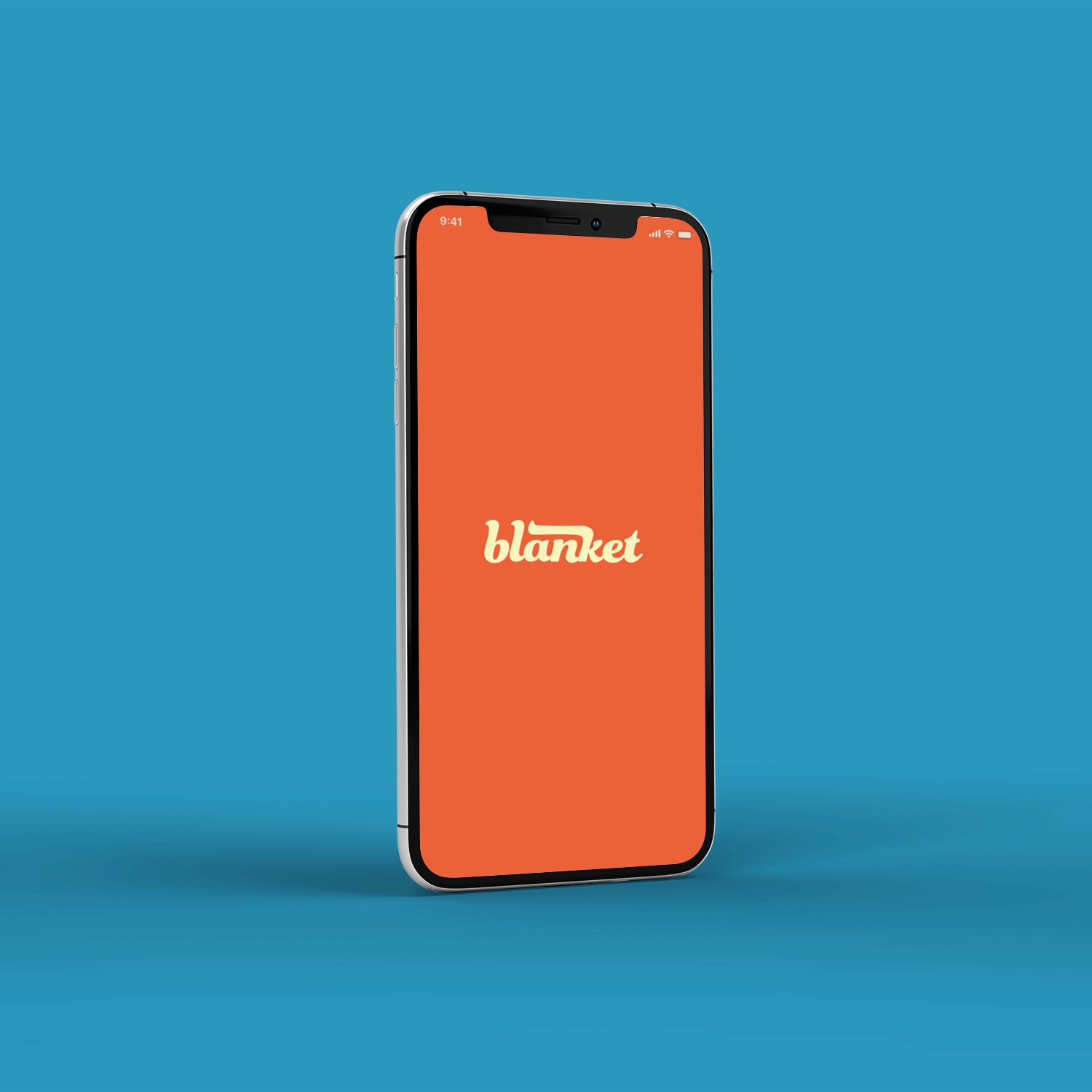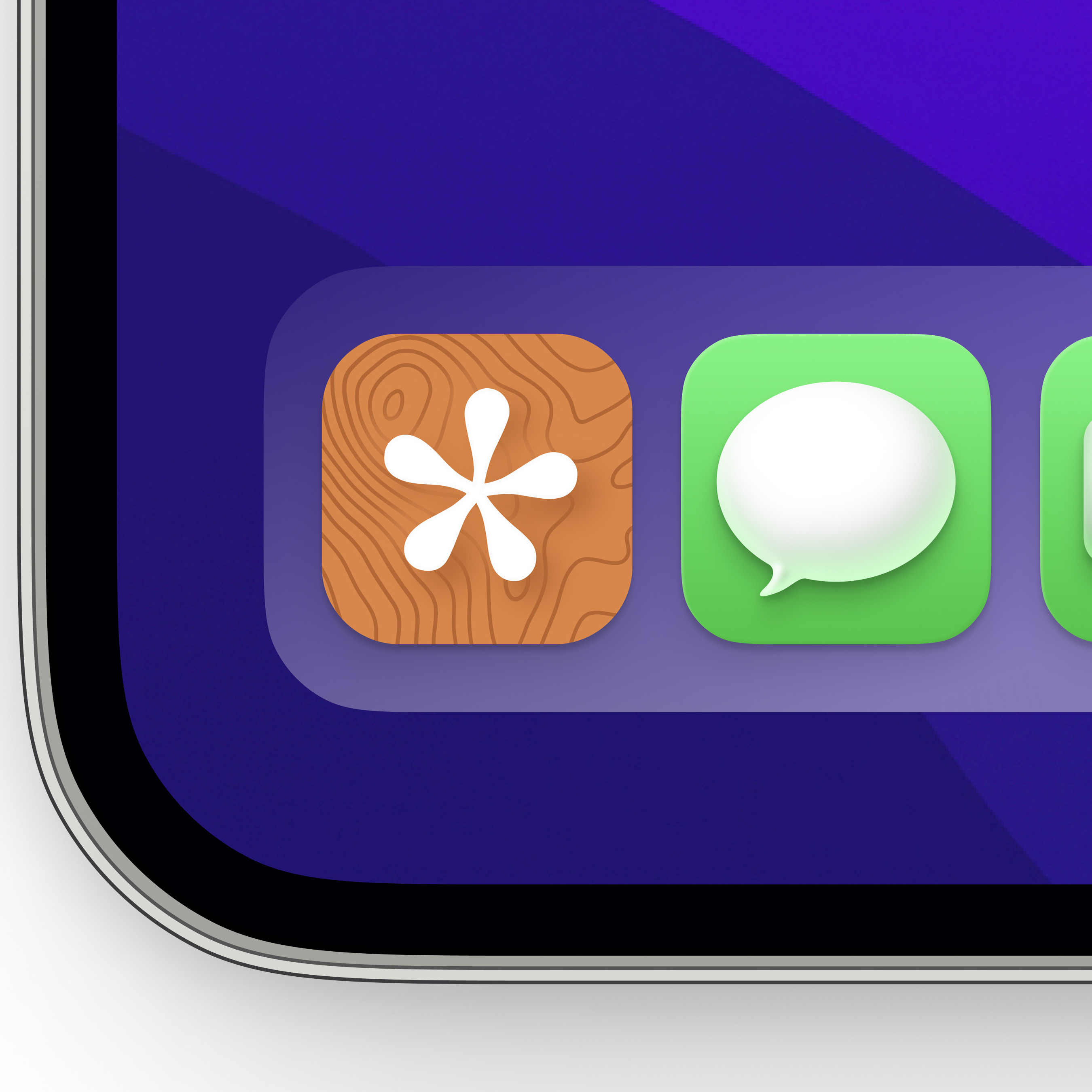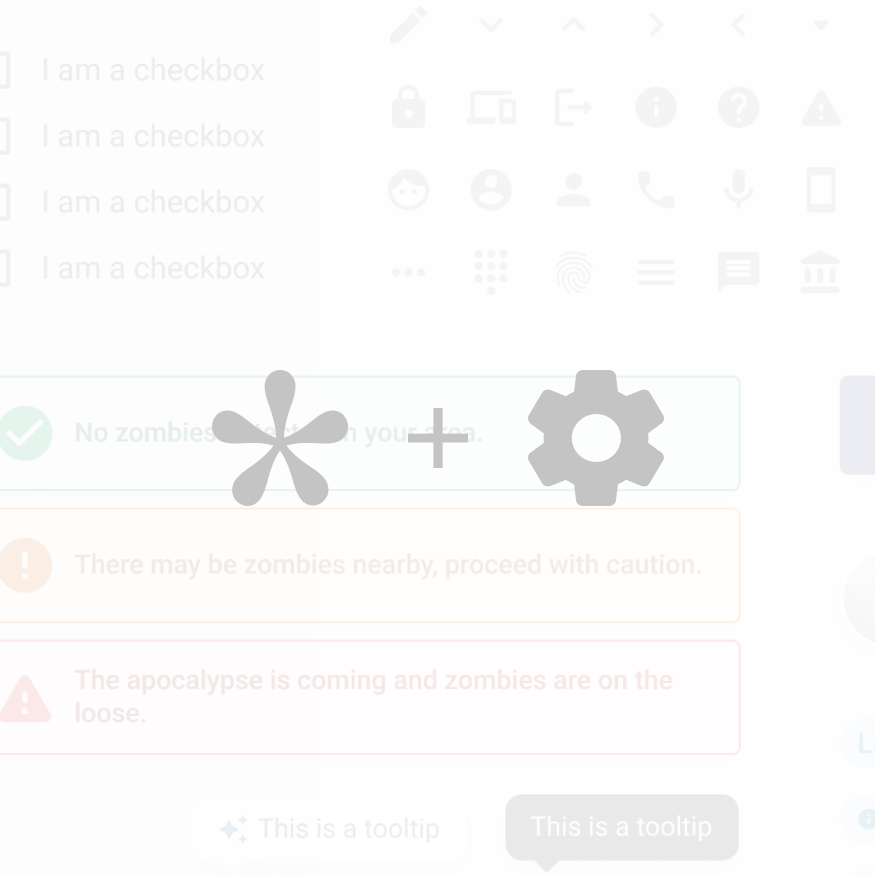Hodigate Case Study
The team at Hodigate noticed a problem with burglary, invasions and communities having uninvited visitors inside. Their smart solutions allow a simplified check-in at the gate and improve the experience and security for everyone. Hodigate makes the process simple and empowers community residents to decide who they want in the community. "Hodi," is a Kiswahili word for “May I come in?” which is how the name came about.
This project spanned four weeks on an internship basis. After my preliminary meeting with stakeholders, we decided on a plan of action that would provide them with valuable deliverables to streamline their experience and interface. We had a meeting once per week so I could keep them appraised on the project timeline and they could answer any questions impeding my progress.
As the UX Specialist, I carried out each aspect of research, design, and prototyping.
Process
The stakeholders and I had several discussions on how the internship would be handled and what deliverables would be most valuable to them. We settled on this six step process that gave them their desired content moving forward:
Product Analysis
Coming in blind to a moving project I had to update myself quickly on where the team was in their process and what was already set in stone. They sent over some reading material, a few slide presentations, and several completed screens produced in Figma for me to look over.
Their main goal of the internship was for me to find a way to combine two separate systems in their network (both with different functionality) and combine them into one experience, called Hodigate. One experience was called Sentry which was the security portion of Hodigate and the other was Hoy Hoy, which would be the communication between community members.
Now aware of what I was working with and the goal of the project, I turned to competitive analysis to see where we could capitalize.
Competitive Analysis
Hodigate provided a list of some competitors to look over which included:
MyGate was by far the most impressive among the three, which I where I focused the majority of my analysis. Some glaring holes among the three stood out when I started reading user reviews such as issues with: privacy, bugs, notifications, useless UI, and overall speed.
User Functions
To visualize how users would go through a Hodigate experience I created a mind map, user functions list, and even put together a physical scenario using my baby nephew’s toys. Sometimes you have to really stretch your creative expression when in the midst of a global pandemic.
User Stories & Flows
Before jumping into wireframing I wanted to established a base of user stories, specifically 2-3 from each user viewpoint. From here I could select three that were deemed essential for an MVP (Minimum Viable Product) by the stakeholders. I’d build my wireframes from these red routes.
After writing these user stories and looking over the mind map I had a discussion with the stakeholders to whether “visitors” even needed to download the app if their main journey would just be receiving content and then using it. They agreed and we removed them from the user base moving forward.
Wireframes
After creating the wireframes, the stakeholders had a chance to go through the prototype and jot down notes and edits for the high-fidelity prototype. From this point we also had another meeting to finalize what deliverables they would need to conclude the internship.
High-Fidelity Screens
An onboarding experience was a late add to the necessary deliverables, so that took some time to think through and develop copy. For the high-fidelity prototype the stakeholders also asked to focus attention around visitor pass creation and even wanted to see the interaction for returning a missed call. Lastly, they asked to see what push notifications could look like and how you could potentially share a visitor pass with your guest on a messaging app.
Summary
The project itself was full of highs and lows. The start of the project was surely slow as I had to be read in to a project in a totally different culture and change my design assumptions based on that part of the world. The time change between the stakeholders and I was also a hurdle we had to overcome, with half of each day being unable to communicate.
The internship taught me valuable lessons in adapting to the information given to you and understanding that stakeholders mostly are not going to share the same project goals as you. I believe the screens turned out well and Hodigate should have a good basis to draw from when finalizing their design decisions.




